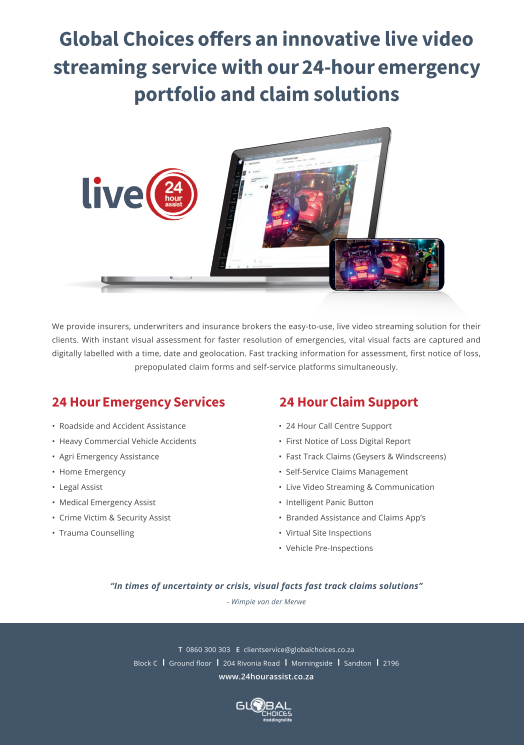Samantha Boyd, Chief Executive of Specialty Insurance at Old Mutual Insure

The recent cancellation of multibillion-rand construction projects by the South African National Roads Agency Limited (SANRAL) has highlighted the tenuous nature of the State infrastructure project rollout, and the possible financial risks that contractors who are tendering on these projects are exposed to.
It has become an axiom that building infrastructure is one of the key pillars of the post-COVID-19 economic recovery, yet the recovery in the sector has stumbled, placing more pressure on sectors far beyond construction. One of these is the non-life insurance industry, which forms an important part of the construction and engineering value chain.
Construction is an industry that is fraught with risks. From safety hazards that lead to work accidents and injuries, managing change orders, incomplete drawings, and poorly defined scope, unknown site conditions, damage or theft to equipment and materials and natural disasters such as the recent devastating floods and mudslides in KwaZulu-Natal province.
Climate change as a fundamental risk
The recent devastating flooding in KwaZulu-Natal on two separate occasions in rapid succession has also highlighted the increasing risks to Construction sites and projects from natural disasters. We have seen recently developed coastal resorts, some still in the construction phase, all succumbing to the power of nature.
All these myriads of risks make Construction insurance a necessity for successful project completion. Our Construction Risks Policy provides cover to our customers for their construction projects not only for loss or damage to the works but also the third-party losses arising from the performance of the project, from the time they break ground until the project is completed and handed over.
To be fit-for-purpose in a depressed economy and to deal with risks coming from weather-related damage, the insurance industry needs to innovate and adapt. One way we have done this is with our tailored insurance solution across several of lines of business which provides a single product for mega projects that require cover from the marine stage, through to construction and then operational cover including the associated liability exposures.
There is also a need for an increased emphasis on actuarial and computer-based risk modelling to better understand and evaluate risk exposures at any stage of a project. While technology is part of our future success, the Engineering model is based on customer intimacy.
While we capitalise on technological solutions, we are determined to keep our focus on working with customers and brokers to better understand and solve the risks and challenges they face.


